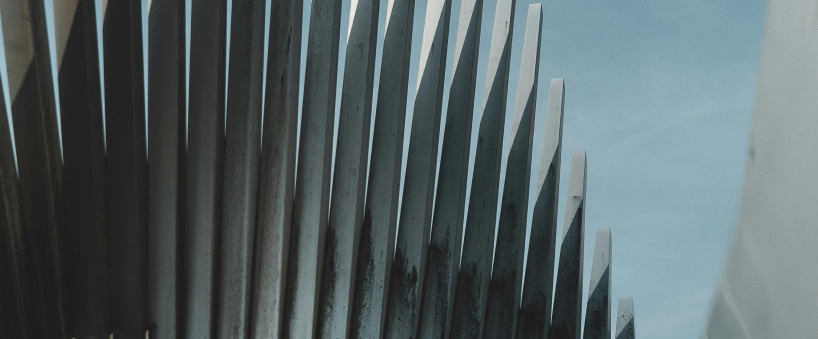

A new chapter in luxury mobility is unfolding, equal parts precision and provocation. Ferrari, for its newly launched electric car, the Elettrica, which is the firm’s first full-electric model, has revealed that the production-ready chassis and components will be used. Both the chassis and the body shell of the car will be crafted by using 75 per cent of recycled aluminium for the first time, aiding the firm to save nearly 6.7 tonnes of CO2 for every manufactured car.

The model has been a cornerstone element for the firm’s multi-energy strategy, which will consist of the internal combustion engine (ICE), hybrid electric (HEV), plug-in hybrid electric (PHEV) and fully electric powertrains.
What made Ferrari choose recycled aluminium?
Elettrica’s chassis has a short wheelbase, making the position of the driver much closer to the front wheels to have a wider dynamic feedback, improved accessibility and take the comfort to the next level. However, the configuration, which is paired with the inherently higher mass of an EV, can create significant engineering complexities. These complexities arise mainly due to the overall weight of the car and the energy absorption feature, especially during a crash.
For the energy adoption part, the firm has developed a front shock tower, which is positioned at the front and inverter in a way that will squander the energy before it reaches the chassis nodes, ensuring maximised safety alongside preserved structural integrity.
Explore- Most accurate data to drive business decisions with 50+ reports across the value chain
Now, for the overall weight of the car, the battery has been integrated into a floorpan, which aids in lowering the centre of gravity by 80 mm over an equivalent ICE model. In addition to this, a global structural approach has also been incorporated to achieve reduced weight, where the battery pack is wrapped in an aluminium shell structure.
To safeguard the vehicle against impacts from below, the battery cells are mounted slightly above the floor, creating an energy-absorbing buffer. Integrated into the aluminium shell structure, a protective shield is paired with three aluminium cooling plates featuring internal piping. This structure further aids in streamlining the thermal management, enhances overall efficiency and reduces the chassis weight.
Casting for all the components is developed by the company at its own foundry, enabling significant control over the production process with ensured impeccable build quality. These castings are produced by using secondary recycled aluminium alloys, helping to cut CO2 emissions by nearly 90 per cent in comparison to the conventional alloys, without compromising the mechanical performance.
Diversification plan with decarbonisation and technology
Between 2026 and 2030, the firm plans to launch four new cars per year, where, by 2030, the product line would include 40 per cent ICE, 40 per cent hybrid and 20 per cent EVs.
As a part of the diversification plan, the firm intends to invest heavily in research and development for its next-generation sports cars with a diversified exploration area. These explorations will include improving the electric powertrain for enhanced performance with consideration of new and innovative materials. Adoption of these materials aims towards enabling sustainability, weight management and other specific applications like cooling of the engine and components.
Apart from this, the firm will also, in the future, maximise the use of specialised recycled aluminium alloys in the body-in-white and the in-house casts for manufacturing the vehicles. By using this material, the firm expects to lower the CO2 emissions by more than 75 per cent in comparison to virgin aluminium. Not only this, the use of specialised recycled aluminium will enable the firm to achieve an overall reduction of 6 per cent in its total Scope 3 CO2 emissions by 2030 in comparison to 2024.
Must read: Key industry individuals share their thoughts on the trending topics
Responses








